Egypt’s infamous Queen Cleopatra is said to have ruled with an iron fist and a stern face. It was also a soft fist and smooth face, thanks to her regular baths in milk and honey! Fast forward more than 2000 years and honey is still used as a natural tonic for the skin and body. Especially Manuka honey, which is fast becoming known as liquid gold.
Manuka honey is mono-floral, meaning it is made from one species of flower. It is produced by bees that have fed on the Leptospermum tree, which flowers fewer than six weeks a year and grows wild in Australia and New Zealand. While Manuka honey has only recently come under the spotlight, its use dates back centuries as a traditional Indigenous medicine.
What makes Manuka honey so special, is its unique non-peroxide activity. This naturally occurring chemical process boosts the antibacterial properties of Manuka, making it much more potent than other honeys on the market. Natural health and healing at its best!

The Health Benefits of Manuka Honey.
Not all honey is made the same. In fact, it is possible for one honey to be little more than sugar while another is highly active with antibacterial and antiseptic properties. Manuka falls into the latter group, with its unique value recognised internationally and a long list of health benefits associated with its use.
Medical grade Manuka honey is thought to help heal cuts, wounds, minor burns and abrasions. It is associated with the control of fungal infections, eczema, dermatitis, psoriasis and inflammation. It soothes insect bites and fights infections. As a beauty product it smooths, softens and makes skin radiant. Many people take Manuka honey orally for energy, immunity and digestive health. It is important to note though, honey of any kind should not be given to a child under 12 months of age.
The Manuka Rating System.
We know that different honeys have different potencies, and the same principle applies to Manuka. So, before you rush out and buy a jar of your own, it is important to understand what all those letters and numbers printed on the label actually mean and how they relate to the honey’s antibacterial strength.
What is HPA?
Hydrogen Peroxide Activity (HPA) occurs when bees convert nectar into honey. It has antibacterial properties, but is easily destroyed by heat and light. Most fresh honeys have some level of HPA, but it rarely survives the journey from hive to home which is why few commercial honeys are healing by the time they make it to the pantry shelf. That’s where Manuka is different. Even when its HPA is destroyed, tests show Manuka honey still has powerful antibacterial properties. And the reason for this is the honey’s NPA.
What is NPA?
NPA is an abbreviation for Non Peroxide Activity. It is unique to Manuka and, unlike HPA, can withstand both heat and light. During lab testings, the honey is given a NPA number or score, which tells us how potent its active enzymes are. The higher the NPA number, the higher the antibacterial activity and the more beneficial the honey will be for your health. Every batch of Manuka honey must be lab tested to determine its activity. To be classed as therapeutic, Manuka honey must have a rating of 10+.
What is UMF?
UMF stands for Unique Manuka Factor. It is used by some producers of the honey to prove its authenticity, quality and activity. Don’t panic if your jar of Manuka honey has a UMF number but no NPA rating, or vice versa. It is the manufacturer’s way of keeping us on our toes! The UMF and NPA ratings are interchangeable, meaning a NPA of 10+ is the same as a UMF of 10+ so it really doesn’t matter which labelling system is used.
What is MGO?
Another antibacterial compound found in Manuka honey is Methylglyoxal (MGO). Just like the honey’s NPA, the higher the MGO number the higher the antibacterial strength. Again, jars are labelled differently, but the quick guide below shows how the figures relate.
NPA 5+ = MGO 83
NPA 10+ = MGO 263
NPA 15+ = MGO 514
NPA 20+ = MGO 829
NPA 22+ = MGO 975
Manuka Gold: The 100% Australian Manuka Honey.
Nature’s Gold is delighted to stock a range of Manuka products, including our latest addition, 100% pure active Manuka honey. Harvested from the East Coast of Australia, it has been lab tested domestically and awarded a NPA rating of 22+. That’s a very high number and a potent medical grade honey.
If Cleopatra was still reigning today, there’s no doubt the world famous advocate of natural beauty therapies would bathe and bask in Nature's Gold Manuka Gold Honey.




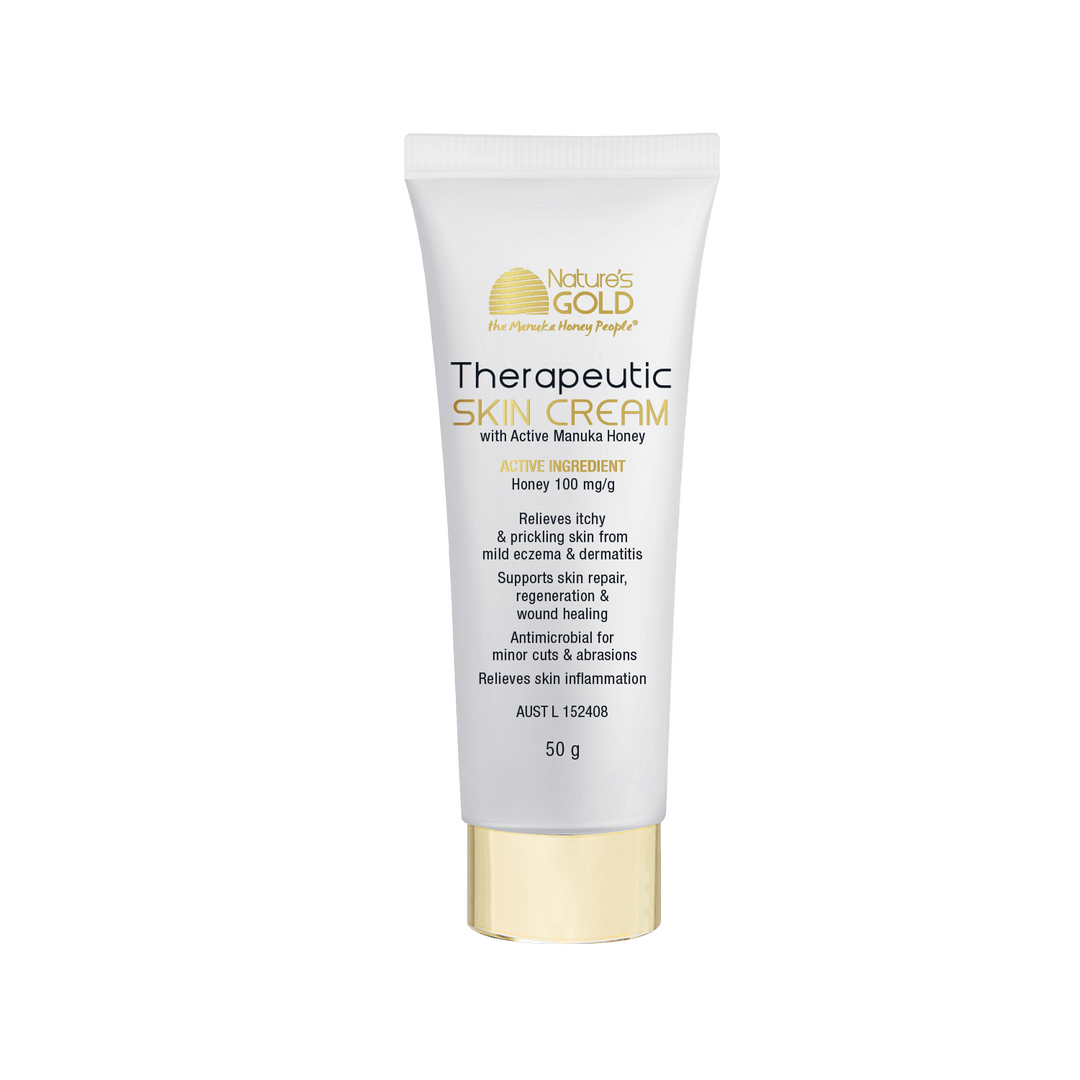
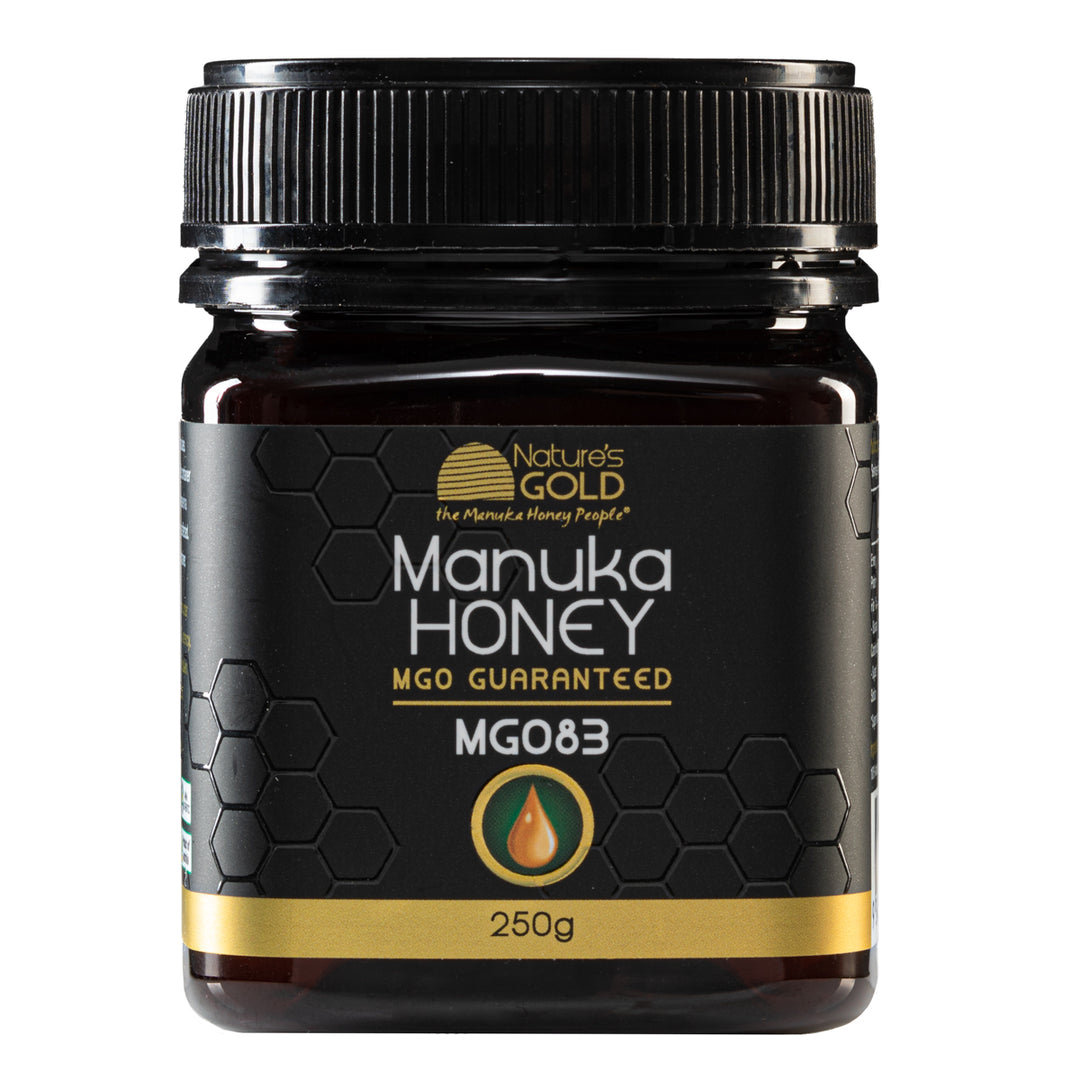
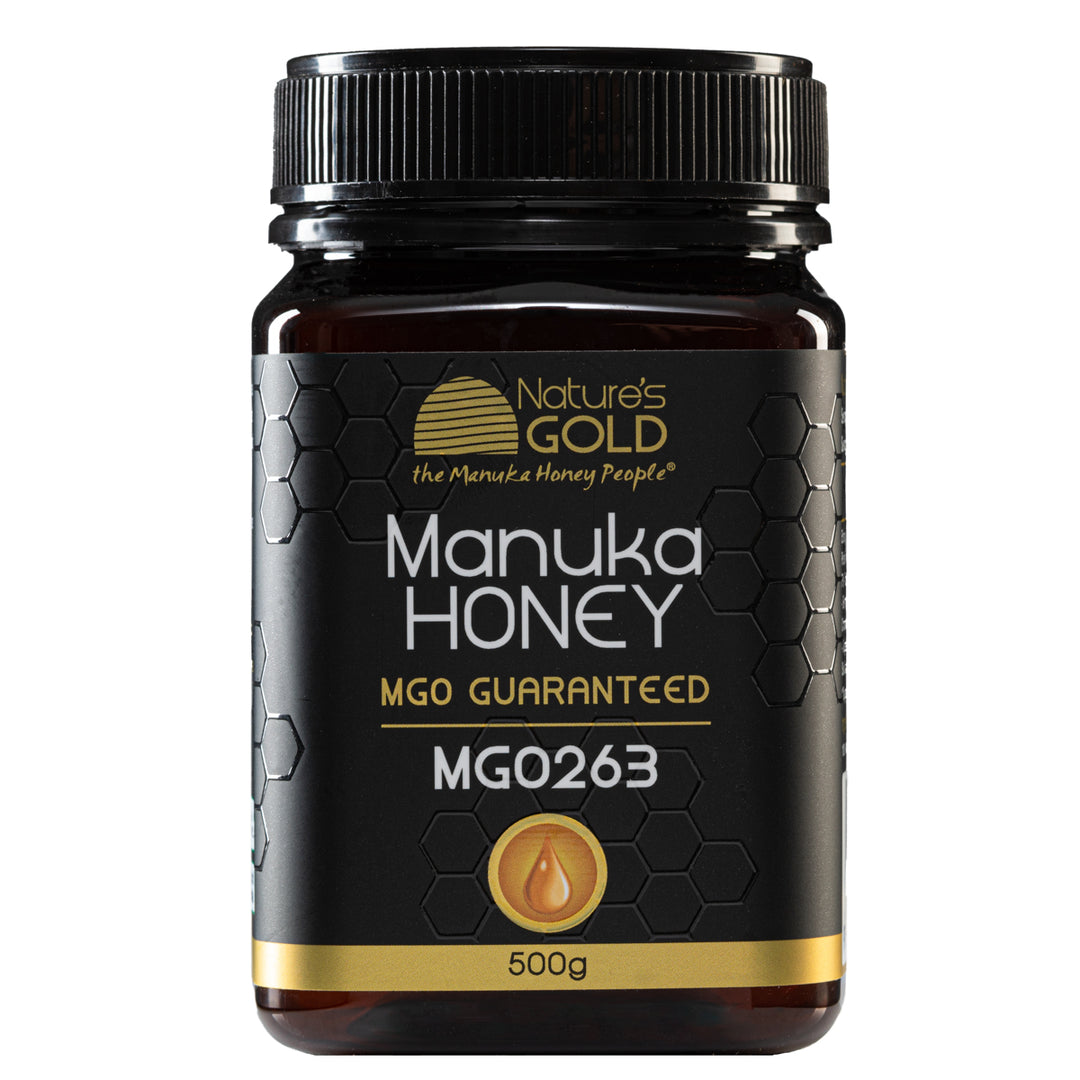
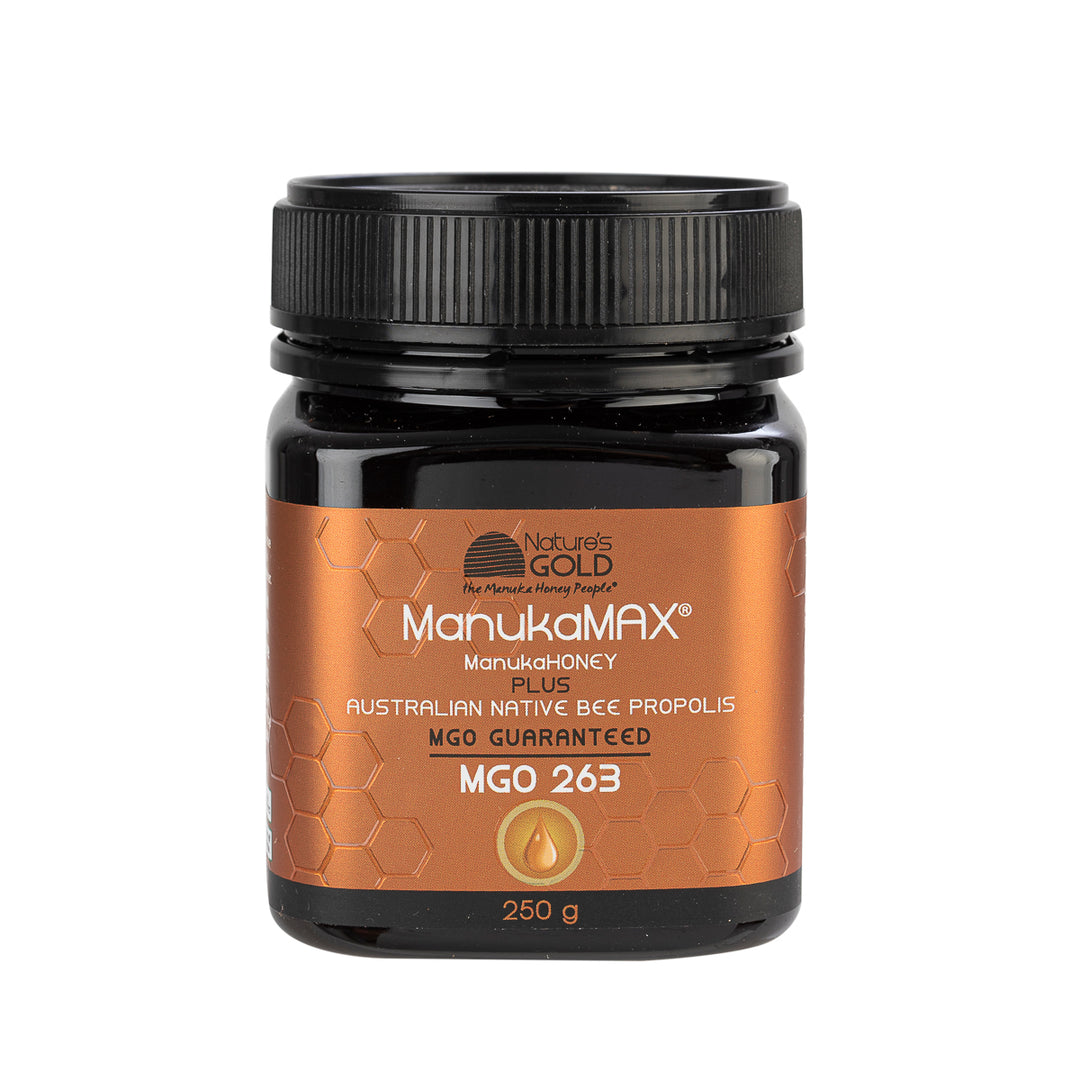
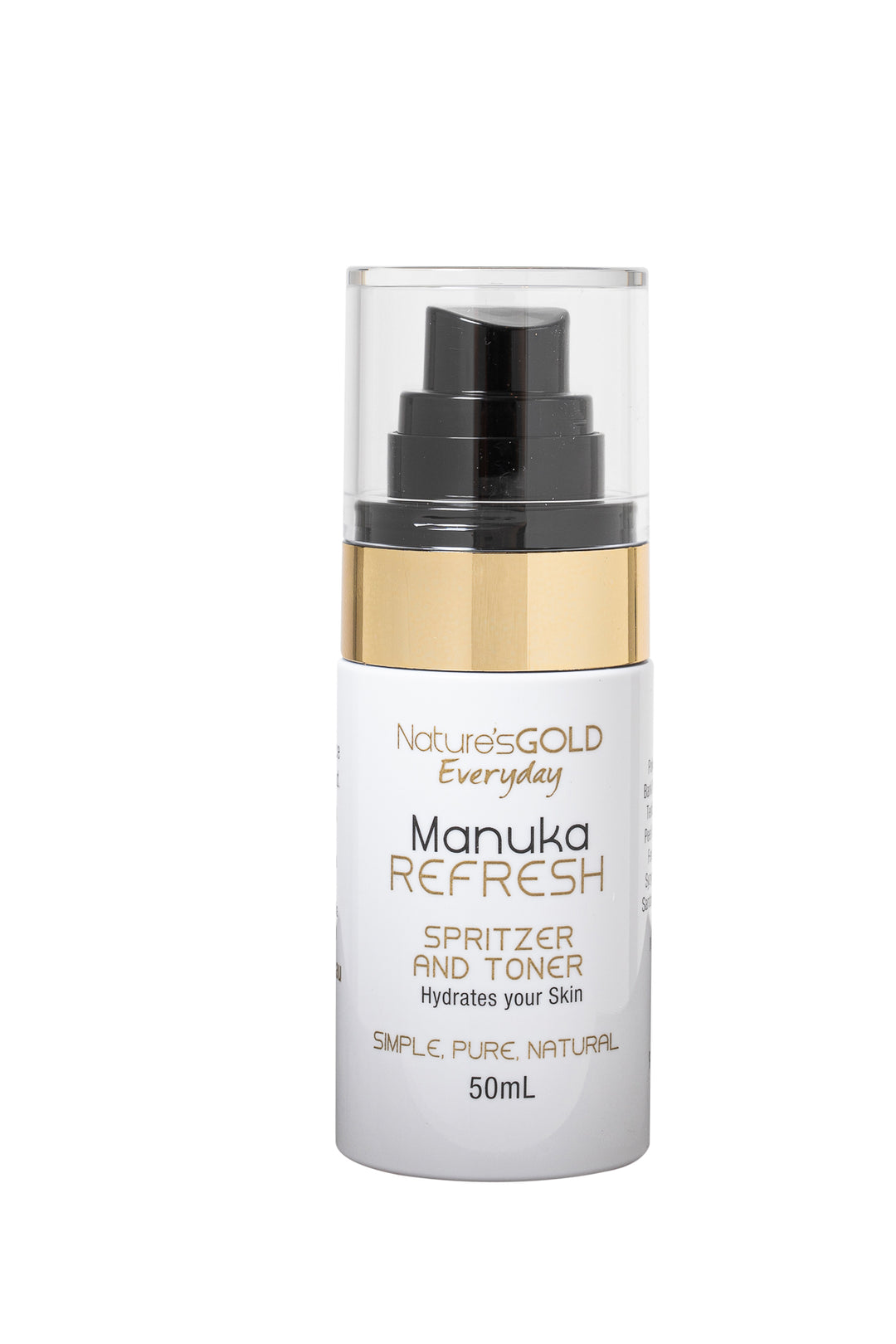



Leave a comment